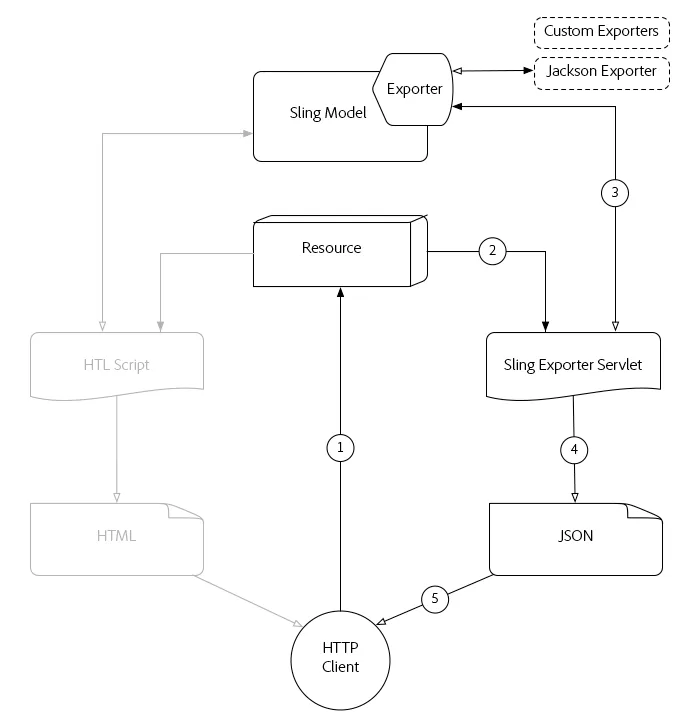Submissions are now open for the 2026 Adobe Experience Maker Awards.
Latest Articles
ResourceFilterStream: An Optimized Alternative to Query Builder in AEM
70
1
1
Views
Like
Replies
Data Protection and Recovery Strategies in AEMaaCS
144
1
2
Views
Like
Replies
Top KCS Articles for August 2025, Curated For Your AEM Troubleshooting Pleasure!
394
0
0
Views
Likes
Replies
Page specific clientlibs in AEM
250
4
4
Views
Likes
Replies
Smaller, Smarter, Smoother: Optimizing Video Delivery with AEM Dynamic Media Adaptive Videos
386
5
2
Views
Likes
Replies
Understanding Dispatcher in Adobe Experience Manager (AEM)
1.3K
2
2
Views
Likes
Replies
Reimagining Digital Authoring: A Deep Dive into AEM EDS Architectures
114
1
1
Views
Like
Replies
Scaling Content Distribution with Adobe Marketing Hub
1.0K
4
7
Views
Likes
Replies
Introducing the Next-Generation Video Player in AEM Dynamic Media – Now in Early Access!
922
7
4
Views
Likes
Replies
AEM Frontend Architecture Guide: Classic, JAMStack, or EDS?
318
4
2
Views
Likes
Replies




